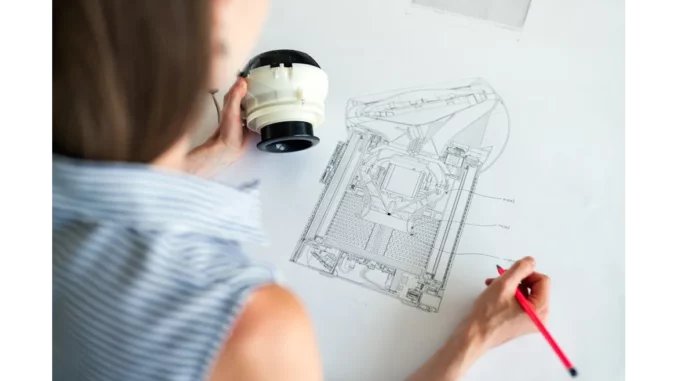
In the rapidly shifting realm of medical technology, a recent innovation is set to transform our approach to CT scans, providing a safer alternative to conventional methods. I had the privilege of conversing with Dr. Emily Carter, a distinguished authority in medical imaging technology, to explore the ramifications of this advancement in generative AI for 3D medical imaging. Over coffee at a charming café, Dr. Carter shared her insights, vividly illustrating a future where medical imaging is not only safer but also more efficient.
Dr. Carter began by highlighting the critical role CT scans play in diagnosing a vast range of medical conditions. “CT scans are indispensable,” she stated, “but the significant radiation exposure they entail has always been a concern.” Traditional 3D CT scans, she explained, involve 1,000 to 2,000 X-rays to generate detailed images of a patient’s internal structures. While essential for precise diagnoses, the cumulative radiation dose poses a heightened risk of cancer, especially for vulnerable patients requiring frequent scans.
Enter the new generative AI model, a potential game-changer in this landscape. Dr. Carter enthusiastically described its capabilities: “We can now reconstruct 3D images from sparse-view CT scans, drastically reducing the number of X-ray projections required—sometimes to as few as 100.” This reduction in radiation exposure is particularly vital for patients needing regular monitoring, such as those with chronic illnesses or high cancer risk.
Delving deeper, Dr. Carter elaborated on the technology underpinning this breakthrough. The innovative method, known as DiffusionBlend, leverages the power of a diffusion model, a form of self-supervised learning. “It’s truly fascinating,” she remarked, her enthusiasm palpable. “This model learns from sparse-view CT scan datasets to reconstruct high-quality 3D images, effectively overcoming the traditional challenges posed by sparse data.” Previously, supervised learning techniques relied on extensive labelled datasets, a process both time-consuming and costly. DiffusionBlend circumvents this by utilising a self-supervised approach, allowing the model to learn and enhance itself without exhaustive labelling.
The benefits of this technology extend far beyond merely reducing radiation exposure. “It’s not just about safety,” Dr. Carter noted. “The speed and efficiency of image reconstruction have seen significant improvements.” Earlier methods could take up to 24 hours to process a scan, but DiffusionBlend has condensed this to just one hour, making it an attractive option for clinical settings where time is crucial. Dr. Carter also addressed concerns about visual artefacts, a common issue with deep learning methods in medical imaging. “Through data consistency optimisation techniques, the team behind DiffusionBlend minimises these artefacts,” she explained. “This ensures the reconstructed images are both precise and dependable, which is essential for informed medical decisions.”
As our discussion drew to a close, Dr. Carter reflected on the broader implications of this technology. “We’re on the brink of a new era in medical imaging,” she mused. “The principles behind DiffusionBlend could potentially extend to four-dimensional imaging, capturing not only static images but also the body’s dynamic processes—like a beating heart or gastrointestinal movements.” This forward-thinking perspective left me pondering the vast potential of generative AI in revolutionising healthcare. By lowering the inherent risks of traditional CT scans and enhancing the quality and speed of imaging, this technology signifies a substantial leap forward in patient care and medical diagnostics.
Departing the café, I felt a surge of optimism. With experts like Dr. Carter leading the charge and the pioneering work underway in the field, the future of medical imaging appears promising. This innovation offers a safer, more efficient path forward for both patients and healthcare providers, marking a significant milestone in the ongoing evolution of medical technology.


Be the first to comment